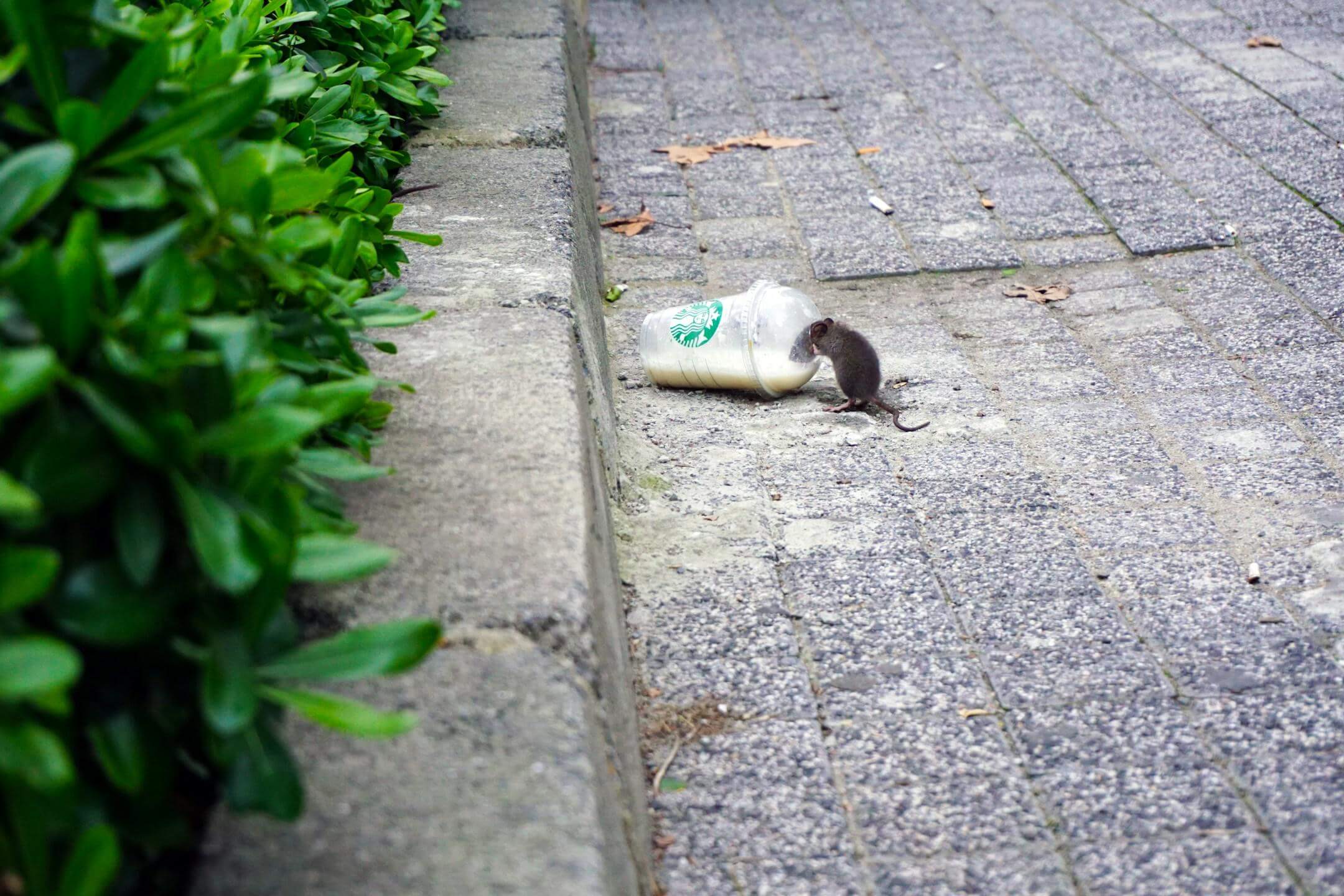- SPECIAL DISCOUNT
- 10% OFF on Full Home Recommendations + Free Consultation
- Excludes insulation services
- Contact Us
- Must mention at the time of booking
Expert Rat Removal Techniques That Work

Rats are smart, athletic, and persistent. They slip through quarter inch gaps, follow wall lines with precision, and turn insulation into nesting material in a single night. Beating them demands a methodical plan, not a single product. Here is how wildlife and pest control services combine building science with targeted tactics to clear activity quickly and keep it from coming back.
The Power of a Thorough Inspection
Every winning rat removal program starts with mapping. Inspectors track runways, grease marks, droppings age, and chew points to read traffic patterns. Outside, they study rooflines, soffit returns, utility penetrations, garage seals, and vegetation that bridges to eaves. Inside, they check mechanical chases, under-sink voids, and attic framing. This blueprint dictates trap placement, sealing priorities, and cleanup scope so each step compounds the next.
Exclusion First, or Traps Fail
Closing entry points cuts off reinforcements. Experts seal quarter-inch gaps with hardware cloth, copper mesh, sealants, and metal flashing, then reinforce vents and gables with tight screens. Door sweeps and weatherstripping close ground access. Trapping before sealing invites a revolving door. By shutting the pipeline, every trap cycle moves the population in one direction instead of fighting new arrivals.
Trap Strategies That Outperform
- Orientation matters. Snap traps set perpendicular to walls with triggers kissing the baseboard intercept rats where they naturally run.
- Pairing works. Two traps back-to-back, triggers facing out, catch traffic from both directions on a runway.
- Prebaiting builds confidence. Bait unset traps for a night to normalize feeding, then set them without changing layout.
- Variety helps. Snap traps are the workhorse, but enclosed snap stations add safety in homes with pets and kids, and electronic traps add quick, clean dispatch in tight closets.
The Baiting Mindset
Peanut butter, nut pastes, and high-fat lures beat crumbly foods that vanish without a trigger. In food-rich settings, reduce competing sources first by containerizing pantry goods and tightening trash handling. Tiny bait smears are better than gobs that allow a nibble and retreat. Refresh baits during the heaviest two to three nights, when a population’s curiosity and hunger peak.
Why Professionals Avoid Poison Indoors
Anticoagulant baits can create odor problems from hidden carcasses in walls and soffits, and they raise risks for pets and non-target wildlife if misused. Indoors, pros lean on traps for control and carcass retrieval. When baiting is justified outdoors, it belongs in tamper resistant stations, placed and documented with care, and supported by wildlife exclusion so you are not just feeding a neighborhood.
Attic Playbook for Roof Rats
Roof rats ride trees and utility lines to the upper envelope. The attic sequence is consistent: seal roofline entries, set trap lines on framing runways near rub marks and warm chases, then clear activity before insulation work. After removal, sanitation, odor neutralization, and air sealing come next, followed by new insulation at correct depth with baffles to keep soffits breathing.
Sanitation and Odor Neutralization
Droppings, urine crystals, and nesting hold scent signatures that call rodents back. Crews HEPA vacuum hard surfaces, bag contaminated insulation, and disinfect contact areas. Enzyme or oxidizing deodorants break down odors that would otherwise guide the next wave to old routes. This step is the bridge between “rats are gone” and “they stay gone.”
Landscape and Habitat Tweaks
Outside, trim branches back from rooflines, pick fallen fruit, thin dense ivy, and stack firewood off the ground with air gaps. Fix leaky hose bibs and irrigation overspray that support water needs. Tighten compost practices, and use lidded bins. These small shifts starve harborage and food that sustain an outdoor population press on the structure.
Measuring Progress The Right Way
You should see fewer night noises within a few days, fewer fresh droppings along runways, and declining trap hits as cycles progress. Fluorescent tracking dust, camera checks, and dated photo logs help verify quiet zones. Final clearance calls for multiple quiet nights, empty traps, and clean rechecks of former hot spots.
Common Pitfalls to Avoid
- Sealing late. Trapping first without closing entries burns time and bait while new rats stream in.
- Overbaiting. Big bait piles train careful feeding instead of clean triggers.
- Broad indoor poison use. Hidden deaths create odors, flies, and secondary cleanup.
- Skipping pest cleanup. Leaving droppings and nests keeps scent ladders intact for return visits.
Lock the Door on Rodents with Best Pest & Wildlife Control
Stop nightly scratching and protect your wiring, insulation, and air quality with Best Pest & Wildlife Control’s humane, results-driven rat removal. Our accredited team targets root causes, seals re-entry points, and restores attics and crawlspaces with sanitation and fresh, rat-resistant insulation for lasting relief.
Expect a tailored plan that pairs targeted trapping with exclusion and cleanup across the Denver, Mesa, and San Diego metros. Ready to act fast and get peace of mind? Schedule your free home inspection with a trained specialist today.
CONTACT US FOR A FREE QUOTE
Feel free to give us a call or send us an email with any questions or comments you have.
